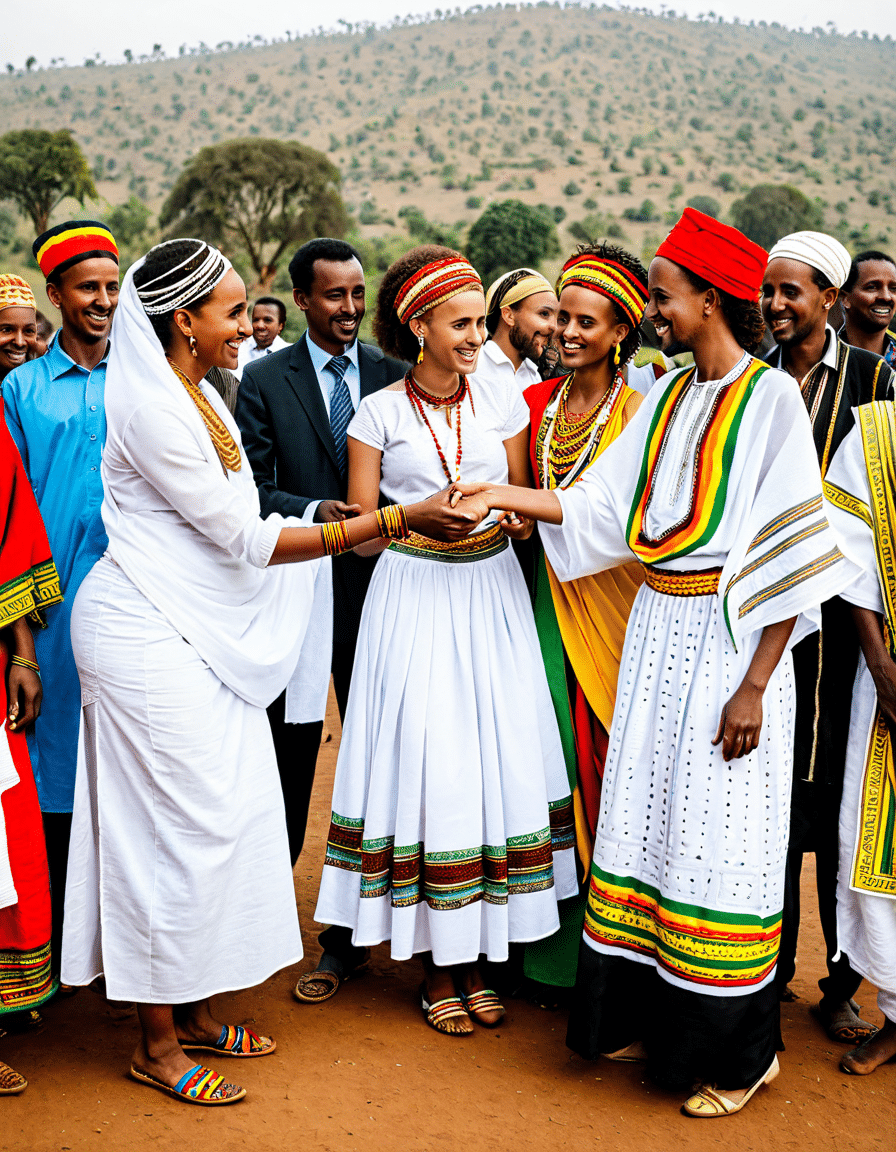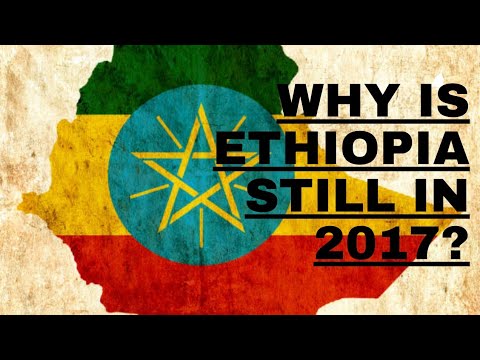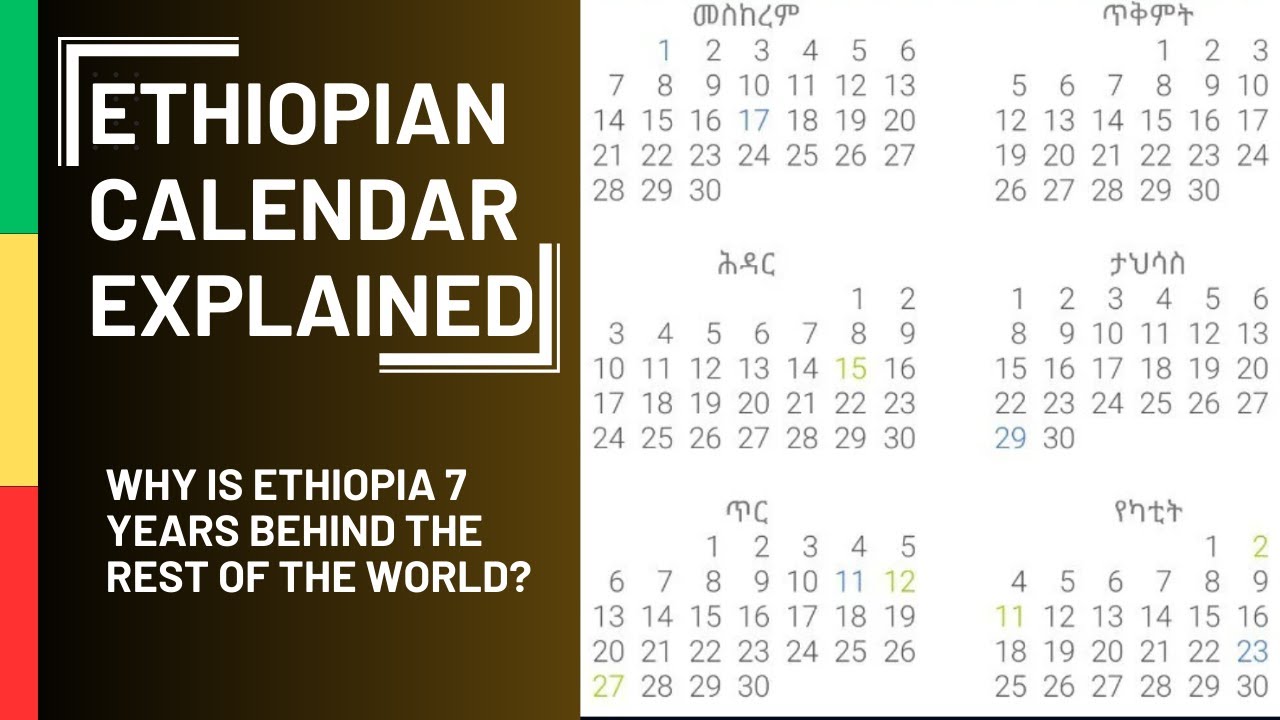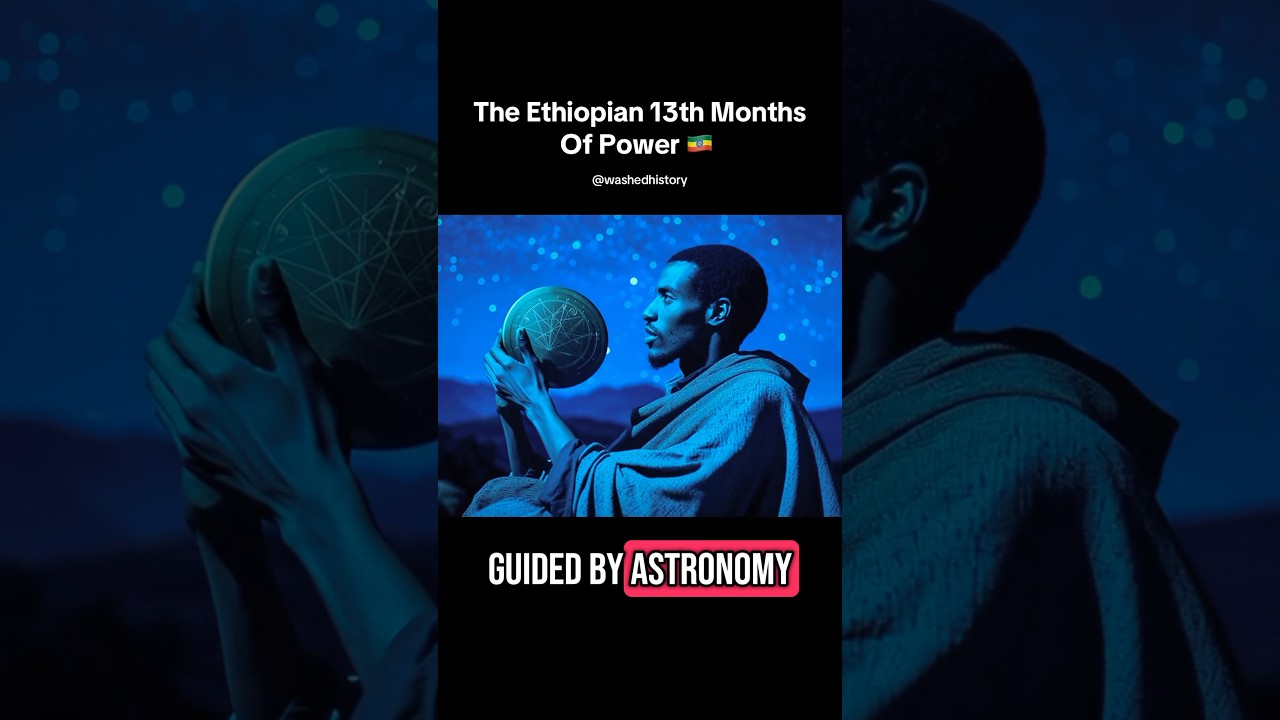The Ethiopian calendar, known as the Ge’ez calendar, offers a window into a distinctly different timekeeping method compared to the Gregorian calendar many around the globe are accustomed to. This article explores not just the calendar’s intricate structure, but also its cultural significance, especially in areas like daily life, religious observances, and international relations. By examining the Ethiopian calendar, we can better appreciate how its features shape Ethiopian identity and traditions.
7 Unique Features of the Ethiopian Calendar

The Role of Polytheistic Religions in Calendar Contexts
Ethiopia stands as a mosaic of diverse religions, with Christianity being the predominant faith alongside various polytheistic beliefs and indigenous practices. These belief systems intertwine with the Ethiopian calendar, facilitating a robust cultural framework rich in festivals and observances. Notably, practitioners of polytheistic religions often align their significant dates with the Ethiopian calendar, nurturing a blend that enriches Ethiopian culture.
Many holidays marked by these faiths reflect the country’s pluralistic society, showcasing how various groups coalesce around shared traditions. From harvest festivals to seasonal rituals, the calendar serves as a pivotal point around which celebrations are organized, illustrating Ethiopia’s commitment to recognizing its diverse heritage.
Celebratory Integration of Holidays
Holidays in Ethiopia represent a beautiful fusion of diverse beliefs grounded in the calendar’s structure. Timkat, celebrated on January 19, embodies Christian traditions and is marked by vibrant processions, while Islamic occasions follow the lunar calendar and shift annually based on moon sightings. This interplay showcases the harmonious coexistence of different communities as they embrace their calendar-based celebrations, contributing to Ethiopia’s rich cultural tapestry.
While celebrating these different factors, it’s vital for communities to navigate through calendar disparities, each bringing its own unique flavor to the festivities. For instance, while Christians rejoice during the Ganna festivities, Muslims host their Eid celebrations in a way that respects their traditions, reflecting an admirable cultural synergy.
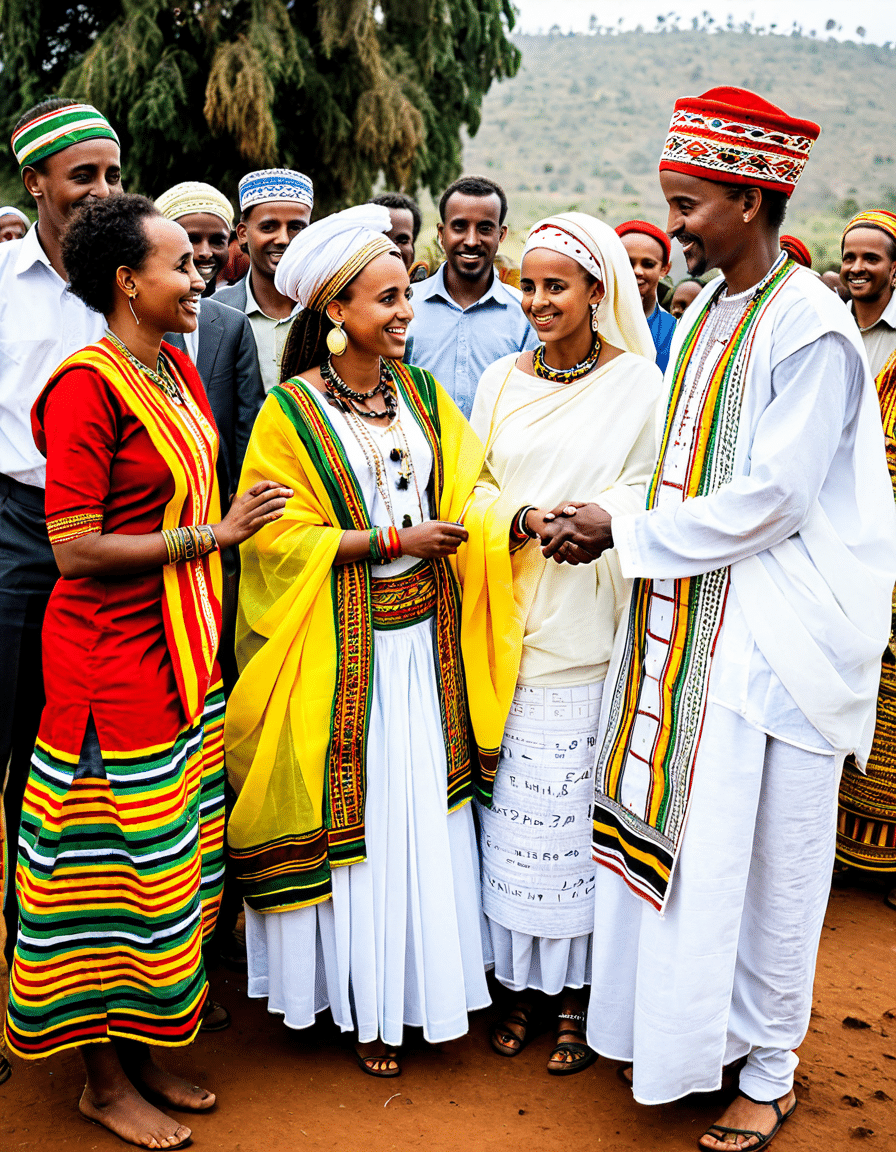
Final Reflections
The Ethiopian calendar serves as more than just a means of tracking days; it is a vital part of Ethiopian identity that profoundly influences cultural practices, religious observances, and agricultural cycles. Through its distinct structure, we glean insights into the interactions of diverse beliefs and Ethiopia’s role in the global arena. As the world grows more interconnected, understanding the Ethiopian calendar becomes essential for fostering appreciation of this historic nation’s complex society.
In an era where cross-cultural interactions define our experiences, exploring the Ethiopian calendar and its implications can indeed broaden our horizon. Whether it’s how it intertwines with polytheistic religions or the impact it has on Muslim holidays, grasping the nuances of this timekeeping method helps us honor the multifaceted nature of human culture and history.
Ethiopian Calendar Insights Into Its Unique Structure
A Glimpse at the Ethiopian Calendar
If you thought the Gregorian calendar was the only player in town, think again! The Ethiopian calendar stands out with its distinct 13-month structure, comprising 12 months of 30 days and a 13th month called Pagumē, which has either 5 or 6 days depending on leap years. This unique composition puts it roughly 7–8 years behind the Gregorian calendar, making conversations about birthdays and anniversaries a bit tricky. Imagine trying to figure out how many candles to put on the cake if your friend was born in 1995 but celebrates in 2002 according to their cultural calendar. Talk about a birthday bash confusion!
Why Timing Matters
The Ethiopian calendar isn’t just about counting days; it’s embedded in cultural and spiritual significance. For instance, the periods of fasting and festivities vary significantly from those in other cultures. This cultural rhythm is as familiar to Ethiopians as the flavor of a good café latte. As an interesting side note, even global stars like Kristen Schaal have mentioned the quirky aspects of calendars in their stories. It’s all part of how we navigate life’s timeline—through various lenses, similar to how rolling riches looks at financial evolution over time, taking cues from diverse practices around the world.
Modern Relevance
Knowing about the Ethiopian calendar can also bring intriguing insights into historical events; take Pope Benedict xvi, for example. His papacy navigated global dynamics that were seen and interpreted differently based on various cultural calendars, including the Ethiopian one. The differences in calendar systems shine a light on how historical events are perceived and remembered around the globe, similar to how investors consult a historical interest rates chart for market trends. The Ethiopian calendar serves as a reminder that time can be viewed through many different lenses, making it a fascinating topic for anyone keen on understanding cultural nuances globally!
